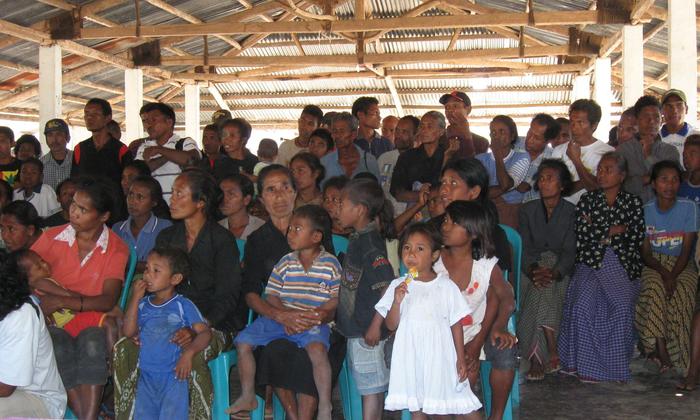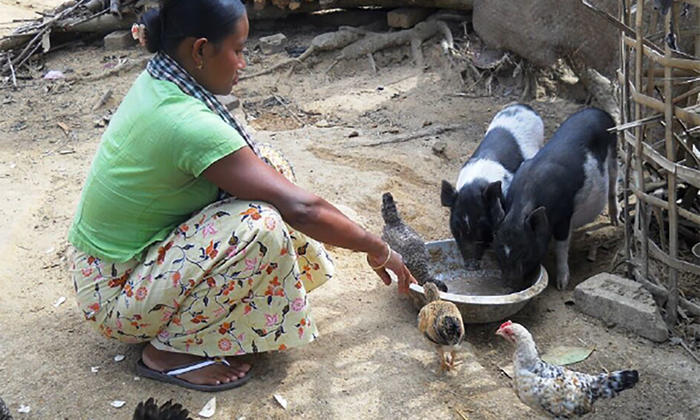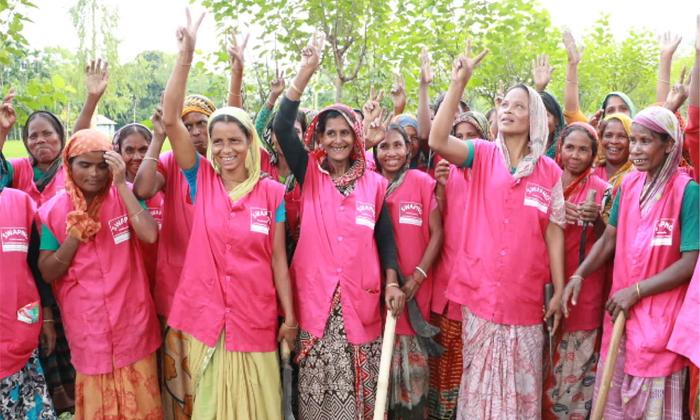Case study
Productive cultural recovery on the Caribbean coast of Nicaragua

SDGs ADDRESSED
This case study is based on lessons from the joint programme, Cultural recovery and creative productive development on the Caribbean coast of Nicaragua
Read more
Chapters
Project Partners
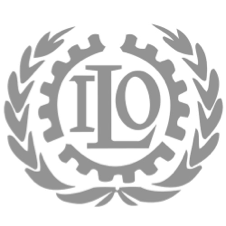




1. SUMMARY
The intervention aimed to boost economic development in the autonomous regions of the Caribbean coast through cultural recovery. It aimed to find ways of generating income to promote the empowerment and cultural roots of indigenous people and groups of African descent on the Caribbean coast of Nicaragua: Miskitus, Mayangnas/Sumus, Ulwa, Ramas, Creoles and Garífunas.
Among other activities to strengthen institutions, integrated cultural centres and the Research Fund for Cultural Revitalization were established. It set up a cultural promotion network and eight cultural community centres, which benefited 5,000 boys and girls. It also strengthened the Caribbean coast’s cultural bodies and their relations with the Nicaraguan Cultural Institute by establishing Secretaries for Culture. These efforts were all complemented by the formulation of the Cultural Policy of the Autonomous Regions and by the establishment of a system of 123 cultural indicators of the indigenous peoples and African descendants.
Cultural heritage was also enhanced by promoting responsible and sustainable tourism, training more than 700 young people in artistic creation and 600 in tourism entrepreneurship.
This case study aims to present the lessons learned, results and practical examples, in order to strengthen knowledge about development programmes to promote inclusive economic growth.
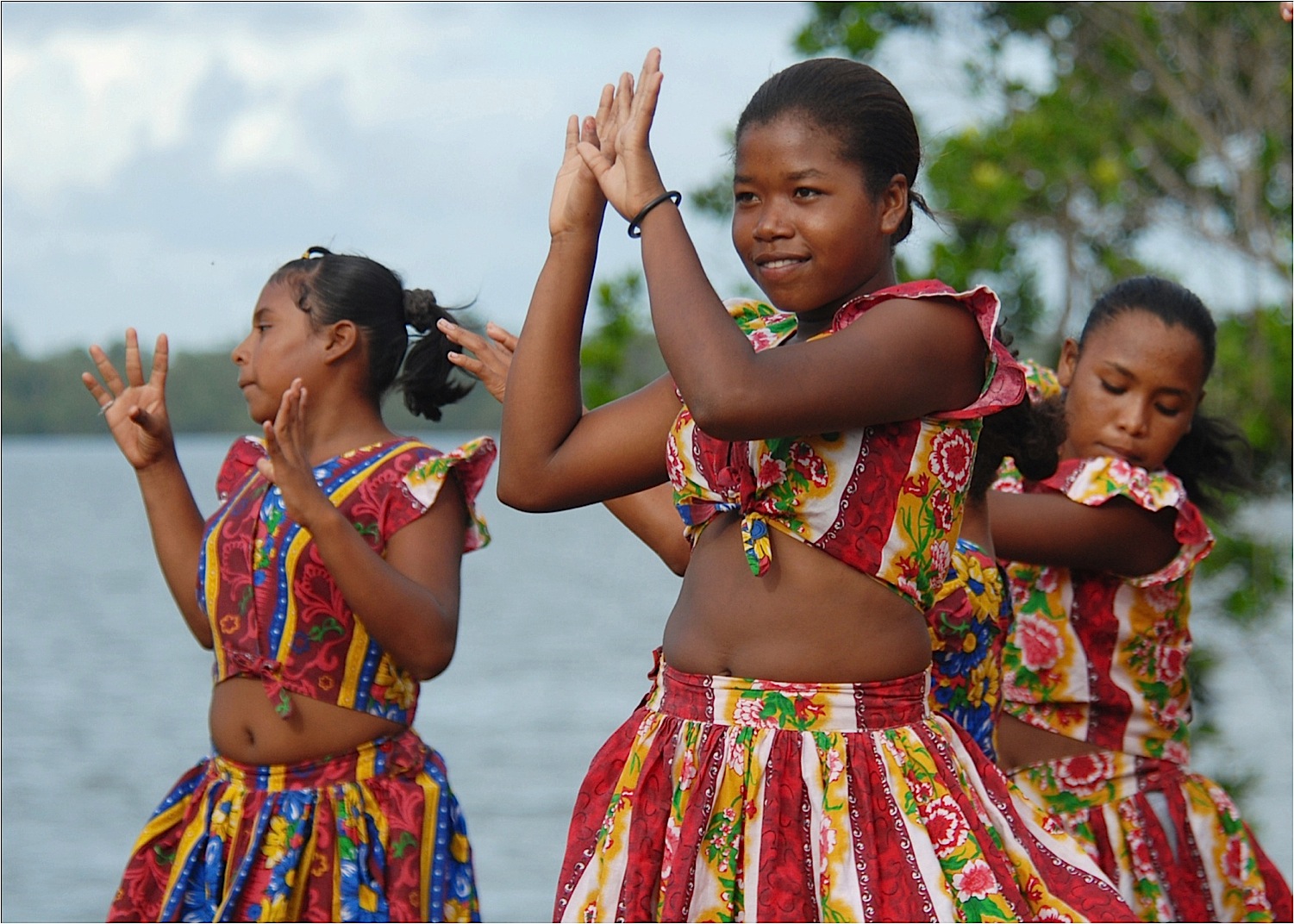
The program promoted cultural heritage through the promotion of responsible and sustainable tourism
2. THE SITUATION
Indigenous peoples, African descendants and ethnic communities live in the autonomous regions of the Caribbean Coast of Nicaragua, mainly along the coast and on the banks of the many rivers.
Fishing, logging and mining sustain the economy of these regions, where basic health services, education, drinking water and electricity are lacking in many areas. The municipalities and territories of the regions have different levels of isolation and physical, social, political and cultural exclusion. Demands for road infrastructure and basic services remain unsatisfied in Nicaragua and public investment remains insufficient. At the political and administrative level, the coastal population is engaged in a process of building autonomy, which still – at the time that this case study was written – presented contradictions regarding electoral processes which end up undermining developing institutions.
However, they are regions which, despite equity gaps caused by conditions of extreme poverty, have high economic potential due to the cultural wealth of its population.
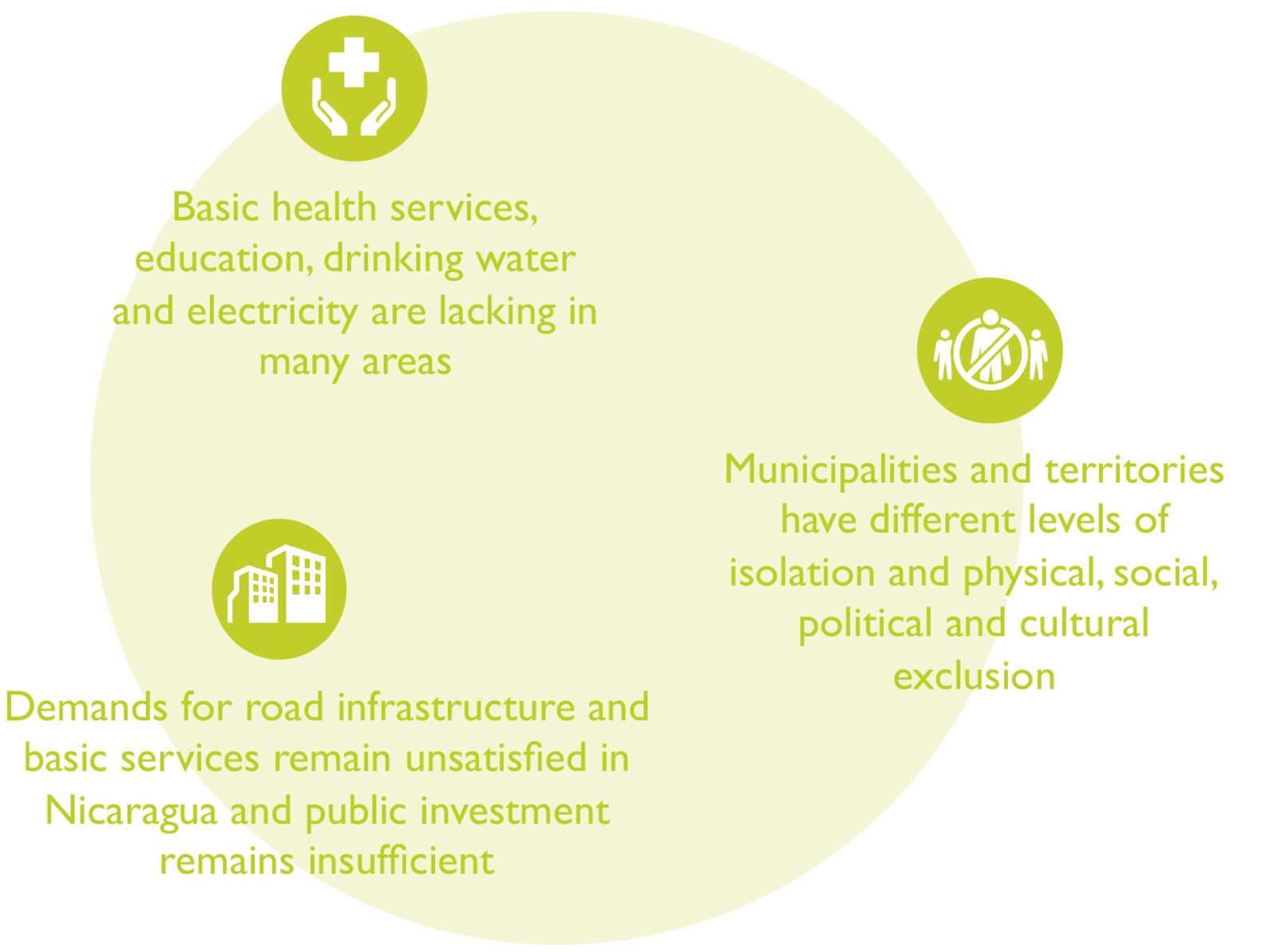
3. STRATEGY
The intervention aimed to reduce gaps in inequality and in the human, cultural, social and economic development of indigenous people and African descendants of the Caribbean coast of Nicaragua through cultural revitalization, productive development, and deepening the knowledge and practice of cultural rights. The programme was one of the tools implemented by the cultural policy of the Nicaraguan Government and the Caribbean Coast Development Strategy. The strategy revolved around the following axes:
- Strengthening skills in cultural revitalization, production and management of indigenous peoples and African descendants on the Caribbean coast of Nicaragua.
- Strengthening cultural policies by revitalizing and promoting cultural diversity and protecting cultural heritage.
- Generating studies on tangible and intangible cultural heritage.
- Strengthening cultural identities through cultural and creative endeavours.
- Strengthening cultural heritage through the promotion of responsible and sustainable cultural tourism, which contributes to social development and preservation of tangible and intangible heritage.
In addition to UN agencies, eight town halls, seven communal and territorial governments, and universities in the autonomous regions (the Bluefields Indian and Caribbean University (BICU) and the University of the Autonomous Regions of the Nicaraguan Caribbean (URACCAN)) also participated in implementing the programme. The Secretary for the Development of the Caribbean Coast (SDCC) was designated the organizer and facilitator of political and strategic dialogue between the authorities of the region, the central government and the United Nations by the Ministry of Foreign Affairs (MINREX).

Women and men artisans were trained in entrepreneurship and technical specialization
4. RESULTS AND IMPACT
Strengthening policies for the recovery and promotion of cultural diversity and the protection of cultural heritage.
After the intervention, national, regional, municipal and communal authorities adopted policies, plans and programmes favourable to the revitalization and management of cultural goods and the creation, production, and diffusion of creative products. A Cultural Policy was formulated by the autonomous regions in the first part of the intervention. In the North Caribbean Coast Autonomous Region this policy was approved by the Autonomous Regional Council. As part of the training process on regional cultural policy, 17 plans for cultural development were prepared, which contributed to the strengthening of the Nicaraguan Tourism Institute. Of the eight plans formulated in the South Caribbean Coast Autonomous Region, four were strategic plans for cultural development and four were operational in nature, taking into account the particularities of Rama, Ulwas, Creole and Garífuna people.
The System of Cultural Indicators of Indigenous Peoples and African descendants was conceived and established, and is comprised of 123 cultural indicators. A pending task for governing institutions, such as the National Institute for Information on Development (Instituto Nacional de Información del Desarrollo), is to include indicators of cultural supply and the impact of culture on development within its own processes and analysis.
Furthermore, the autonomous governments of the Caribbean coast’s cultural bodies and their relationships with the Nicaraguan Institute of Culture were strengthened. Secretaries for Culture were established within the regional governments. After the intervention, these structures were incorporated into the regional budget, and rely on their respective organizational and operational guidelines which were duly approved by governments of the autonomous regions. These secretaries have since then maintained a working relationship with the Nicaraguan Institute of Culture in the promotion of cultural and creative development.
To strengthen the autonomous regional education system in terms of cultural and linguistic diversity, the preschool and primary curricula were reviewed, contextualized and then translated into four mother tongues used in the selected areas. Moreover, 43 instructors from participating centres were trained in themes surrounding inter-culturalism. A total of 927 persons, including teachers, mothers and fathers, participated in cultural workshops in schools.
In doing so, student participation in activities implemented by the programme increased substantially. Through a collaboration agreement between participating universities, the National Institute of Technology of the North Caribbean Coast Autonomous Region and the Ministry of Education, an estimated 30 per cent of activities were carried out with the support of 200 assistants. This appropriation of the initiatives by students is a key factor in sustainability.
Strengthening capacities in cultural recovery, production and management of indigenous peoples and African descendants of the Caribbean coast of Nicaragua.
To begin, in order to get closer to the community so as not to start with incorrect assumptions, six assessments on the cultural and creative supply of the area - one for each population participating in the programme - were updated. This was achieved though the development of a methodology for assessment and cultural mapping, in the process training local organizations how to perform these assessments. However, it was not possible to cover communities in more remote and difficult to access geographical areas due to the limited resources allocated to this activity, and how the locations were scattered.
With accurate and updated information in hand, programmes were organized for training and communications and to strengthen local organizations in general. Four categories of intangible cultural heritage in danger of disappearing were selected: language (Twahka, Ulwa, Garífuna and Miskitu), traditional celebrations (May Pole, emancipation from slavery and King Pulangka), cultural knowledge (place names and foods) and artisanal knowledge (clay, kúa, archery and rosewood).
The programme, together with the University of the Autonomous Regions of the Nicaraguan Caribbean (URACCAN), developed courses in cultural management for youth and female community leaders, training 118 cultural managers. To ensure that this training could be used, 12 organizations for cultural promotion were formally established.
Furthermore, given the tendency of the communities to an oral tradition, a total of 220 people participated in the production of 22 radio programmes, which benefitted more than 60 schools. A network of youth and adolescent communicators was brought together. The radio programmes were used as recreational participative spaces which contributed to the continuing process of cultural revitalization in schools.
A network of cultural promoters and eight community cultural centres was set up, benefitting 5,000 boys and girls. These infrastructures are in the following locations: in the North Caribbean Coast Autonomous Region (Región Autónoma del Atlántico Norte) there is Waspam, Prinzapolka (Alamikamba), Sakalwas (Bonanza) and Bilwi (Creole), and in the South Caribbean Coast Autonomous Region (Región Autónoma del Atlántico Sur) there is Pearl Lagoon, Corn Island, Rama-Kay and Sandy Bay. Through these centres, 718 young people participated in 50 artistic creation courses on different themes.
Two integrated cultural centres were built in Bilwi and in Bluefields to serve as spaces for cultural dissemination, museums and artisanal markets. A participatory process was established for the architectural design of the centres, taking into account the principles of local traditional architecture.
Enhancing cultural heritage by promoting responsible and sustainable cultural tourism which contributes to social development and preservation of heritage.
First, nine roads with high tourism potential were identified, covering 26 communities in total. With this information, six community infrastructure projects were undertaken and usage norms were formulated for some public spaces in order to facilitate sustainable tourism
A promotional plan for touristic cultural products was developed, along with four restoration plans for buildings of cultural value for the handling and management of architectural heritage, which were included in municipal development plans. Workshops were conducted in hospitality, customer service and the sustainable management of natural and cultural heritage, training a total of 118 entrepreneurs in the tourism sector.

5. CHALLENGES
- Although the participation of different United Nations agencies proved to be a very efficient multi-dimensional method in terms of getting results, the participating agencies’ different administrative systems proved to be incompatible, which caused communication problems. This brought to light the need to design an administrative plan together in order to define shared channels and procedures with a view to reducing costs and proceeding in a more efficient manner. From the start, the programmes should ensure that they share a clearly-defined communication strategy which will allow them to transmit an understanding of the same to all participants, beyond specific promotional events.
- Given the complexity of the themes, objectives and processes, the time given to execute the programme was considered insufficient. These were major challenges in terms of the changing the behaviour of the population.
- The time lag between the presentation of design proposals and starting work on the integrated cultural centres exposed problems in terms of project planning, budgeting and timelines. One challenge was the lack of qualified local construction personnel. To overcome this deficiency, 38 people were trained in construction-related trades.
- In spite of designing a system of cultural indicators, its incorporation into national statistics remains a major task, and is a specialized area of work for the Caribbean coast.
- The rotation of personnel in medium or long-duration initiatives – those longer than two years – creates information gaps and long periods of adaptation, which can only be corrected with permanent information strategies and the maintenance of an institutional, active memory. Systems to avoid the loss of human resources and expertise created during the programme must be developed, in order to guarantee sustainability, alongside the organizational procedures that have been initiated and good practice.

Fishing, logging and mining support the economy of the Caribbean Coast of Nicaragua
6. LESSONS LEARNED
- The programme is a successful reference of the abilities and the impact of the United Nations when its agencies work in a coordinated and multidimensional manner. Each one brought its own knowledge and experience. Of course, in order for the intervention to be successful, it is very important that clear roles are assigned and agreements established about communal objectives, followed by mutual learning by the connected agencies and institutes. The question of representation within the community remains problematic. The term “community” is often used as though it represents a homogenous, clearly defined structure. However, it hides a range of particular interests in terms of economic position, ethnic background, gender equality and age. It is key to bring communities together, accounting for these complexities and not starting from incorrect assumptions.
- It is important to encourage active participation and dialogue between beneficiaries when developing strategies, methodologies and processes to achieve acceptance and ownership of the projects. Ownership specifically is a vital element for the actions’ sustainability. There should be no obligation, and leadership skills should be fostered among local participants, who are the ones propelling the progression of the project.
- To ensure better appropriation and sustainability, it is important for the development programmes to be linked with national strategies which are in place, or with established public policies.
- The private sector and the focus on the value chain must receive significant attention in the inclusive market access processes. A strategic ally for linking the private sector and to generate scale economies is the Chamber of Commerce.

7. SUSTAINABILITY AND POTENTIAL FOR REPLICATION
The cultural recovery programmes launched by this programme can serve as a point of reference for other projects being implemented in Nicaragua, as well as in other countries. This intervention is especially relevant for community participation and empowerment, mainly of indigenous groups. Civil society organizations were involved and actively contributing to this process as were indigenous representatives and women’s groups. This appropriation is key for ensuring the sustainability of actions. It is an important part of decision making, a process in which communities were not considered just as beneficiaries, but also as collaborators and managers of their own development.
The government of the eight municipalities hired staff to support the activities of the cultural centres built. Each cultural community centre and integrated cultural centre was designed in conjunction with its respective sustainability plan, produced in a participative manner within each community. The Regional Government of the South Caribbean Coast Autonomous Region allocated financial resources in its budget to ensure completion of the Integrated Cultural Centre. The region’s estimated budget share is 79 per cent of the approximately US$ 785,000 total, reflecting the compromise between the Government of Nicaragua and the regional government towards the sustainability of actions. Regionally, secretaries of culture were established, with technical operational, conceptual and methodological capacities.
With regard to the development of sustainable businesses, the economic resources were accompanied by strengthening skills, both of which contribute to the economic sustainability of the businesses and their abilities to enter into supply chains. For the financing of artisanal production, rotating credit was made available through Banco Produzcamos, directed towards creative and touristic cultural businesses.
In order to continue the cultural research, a proposal from the Bluefields Indian & Caribbean University was submitted, in order to receive funds for a new round of research in the immediate future to ensure the sustainability of the research fund. Also, through the Network of Cultural Community Centres, agreements were formalized and implemented between regional governments, the Nicaraguan Institute of Culture, the Ministry of Education, educational and research institutions, and civil society.
After the intervention, regional, municipal and territorial authorities relied on their experience and planning tools for the management, conservation and protection of their cultural heritage, which has allowed the activities to continue.

